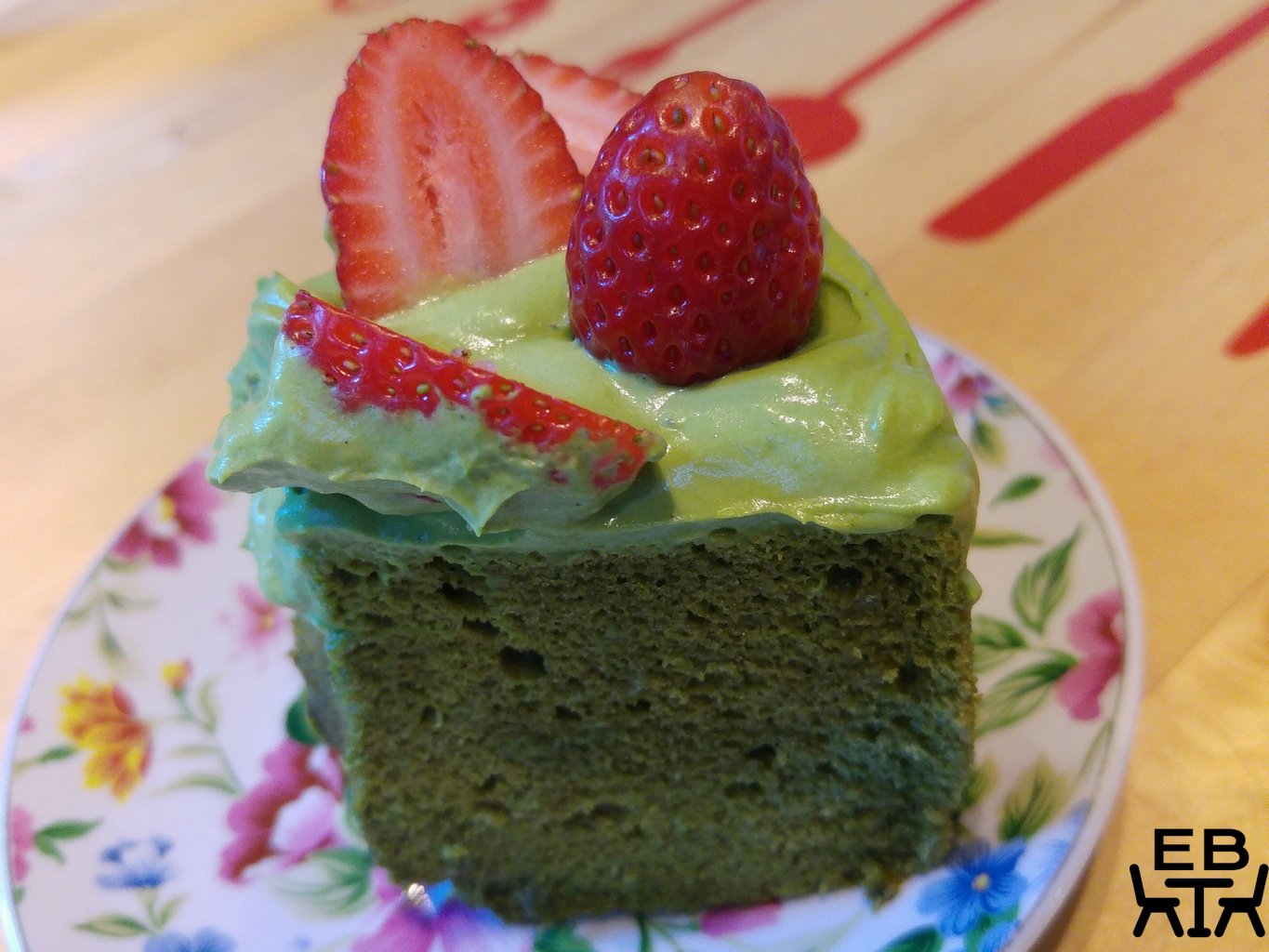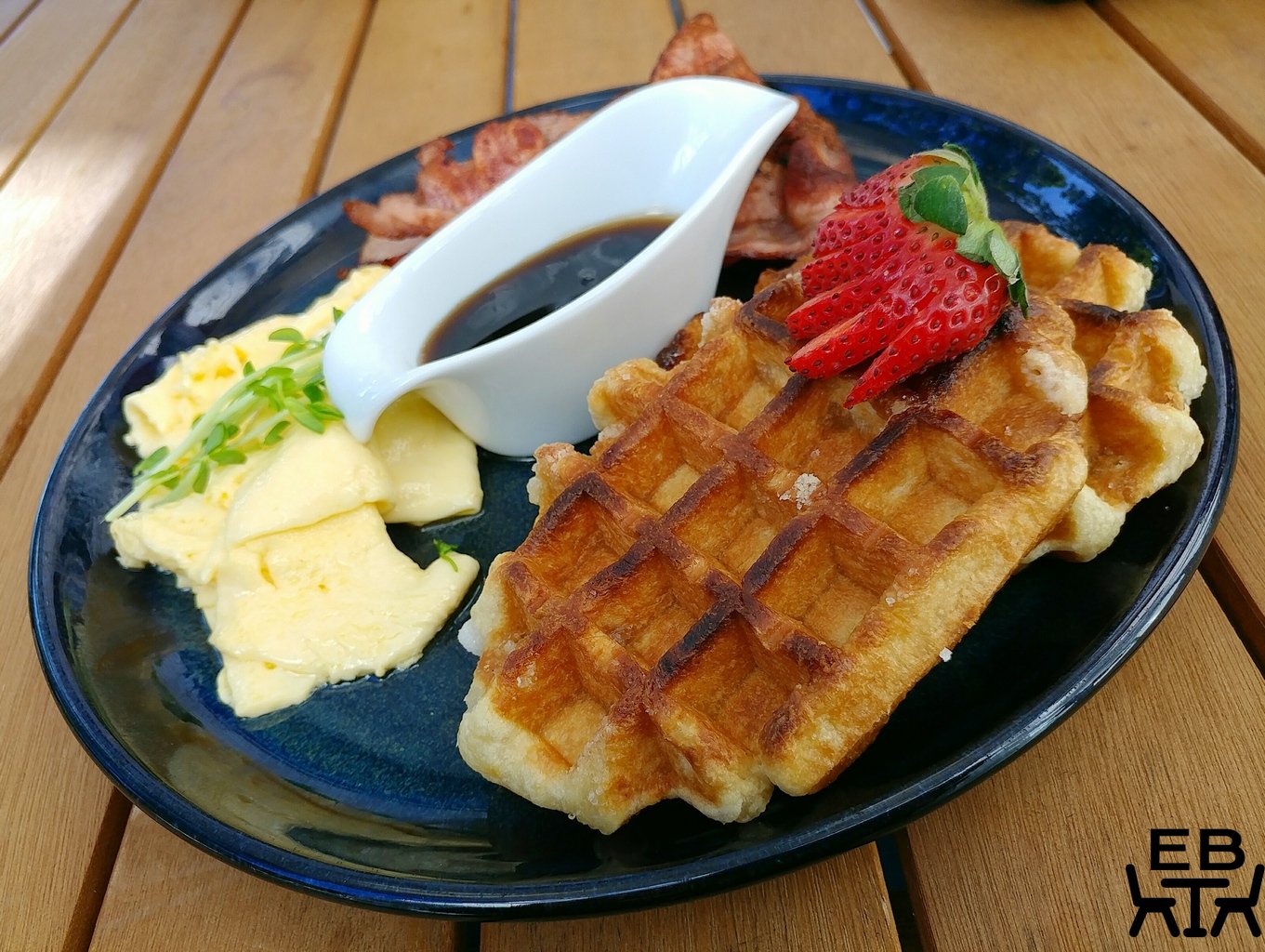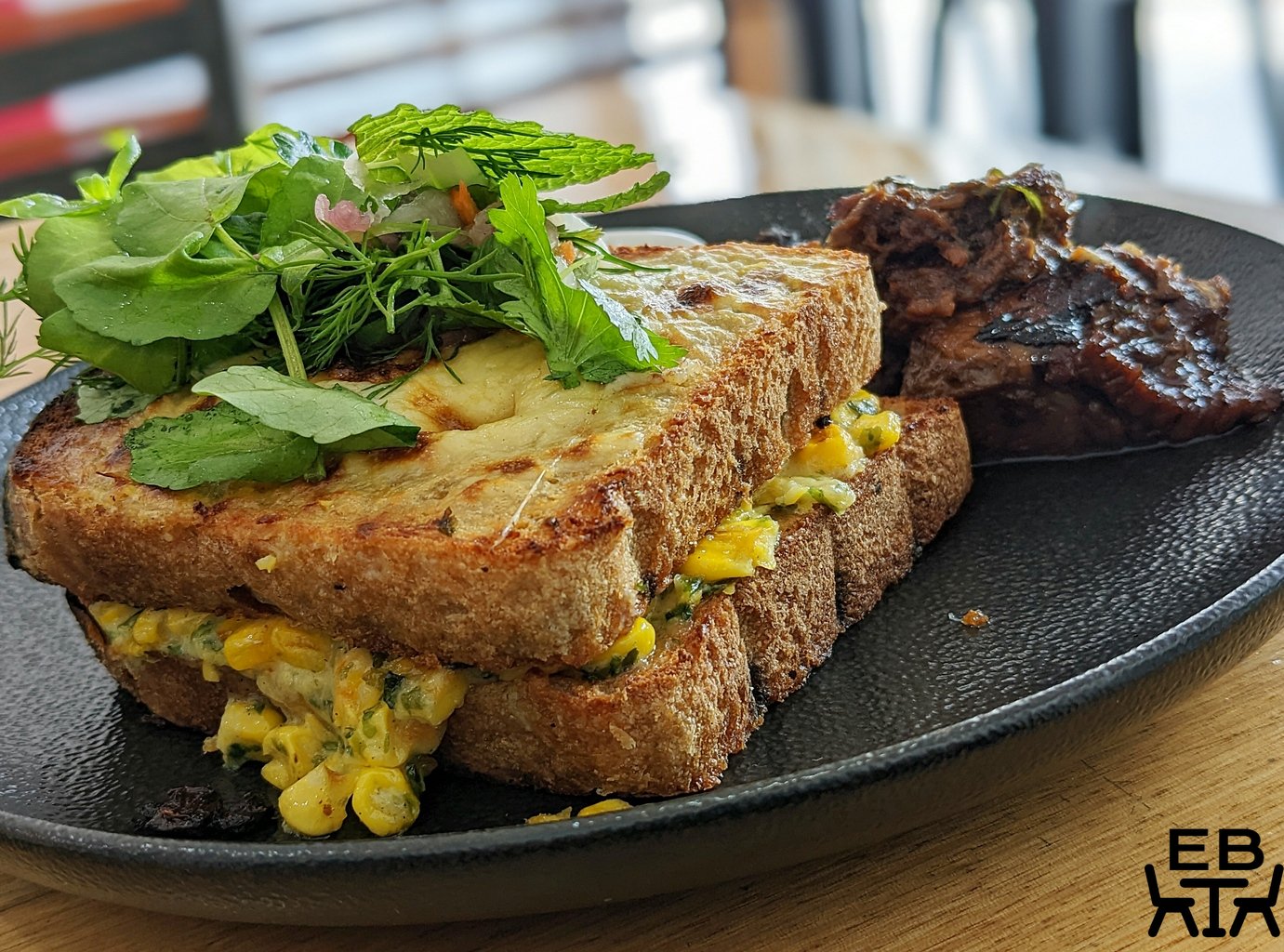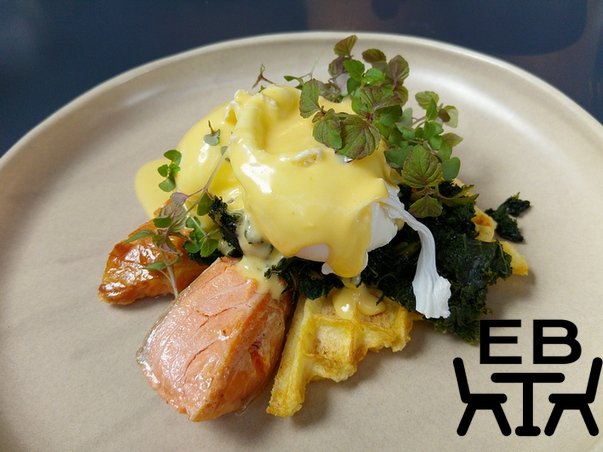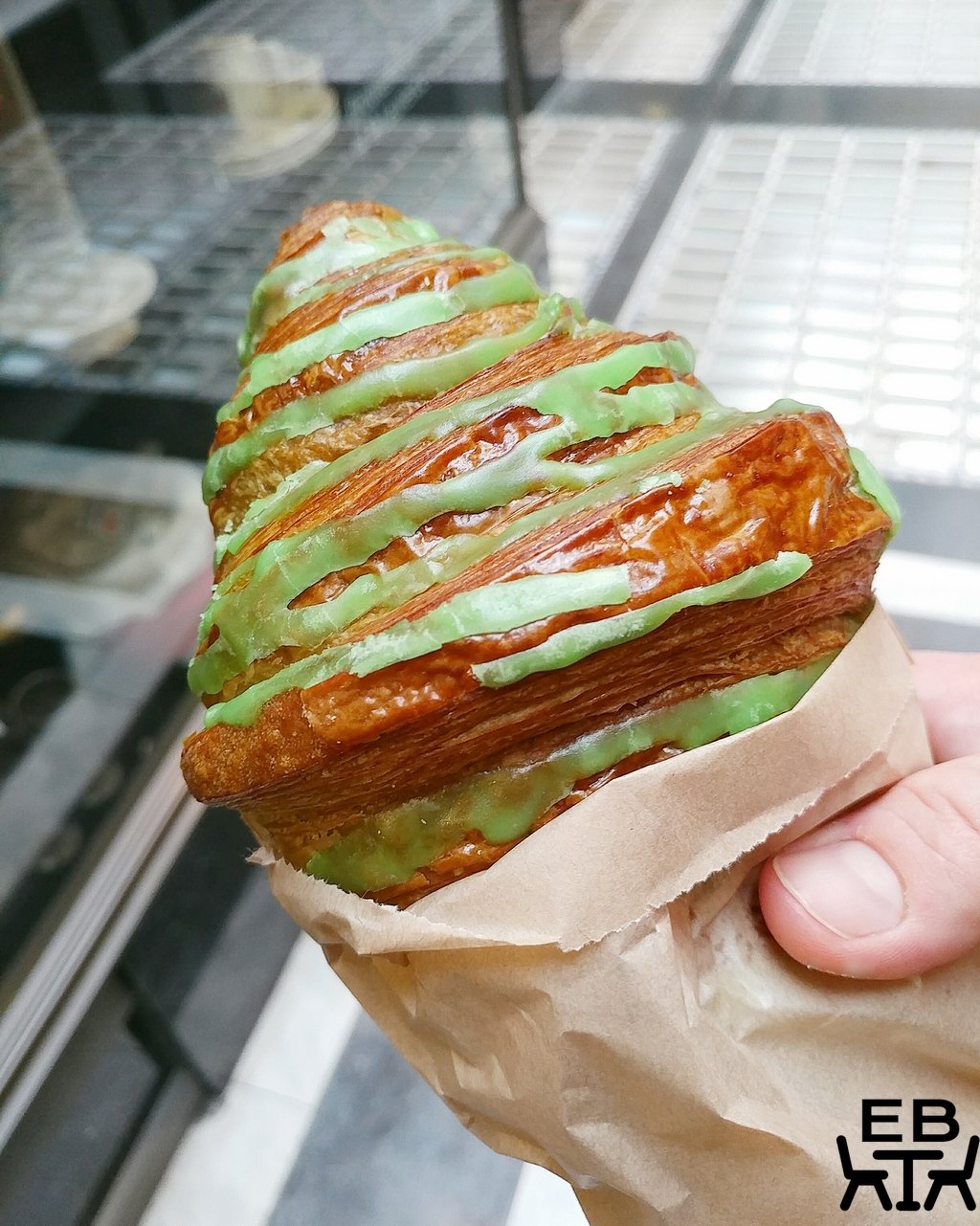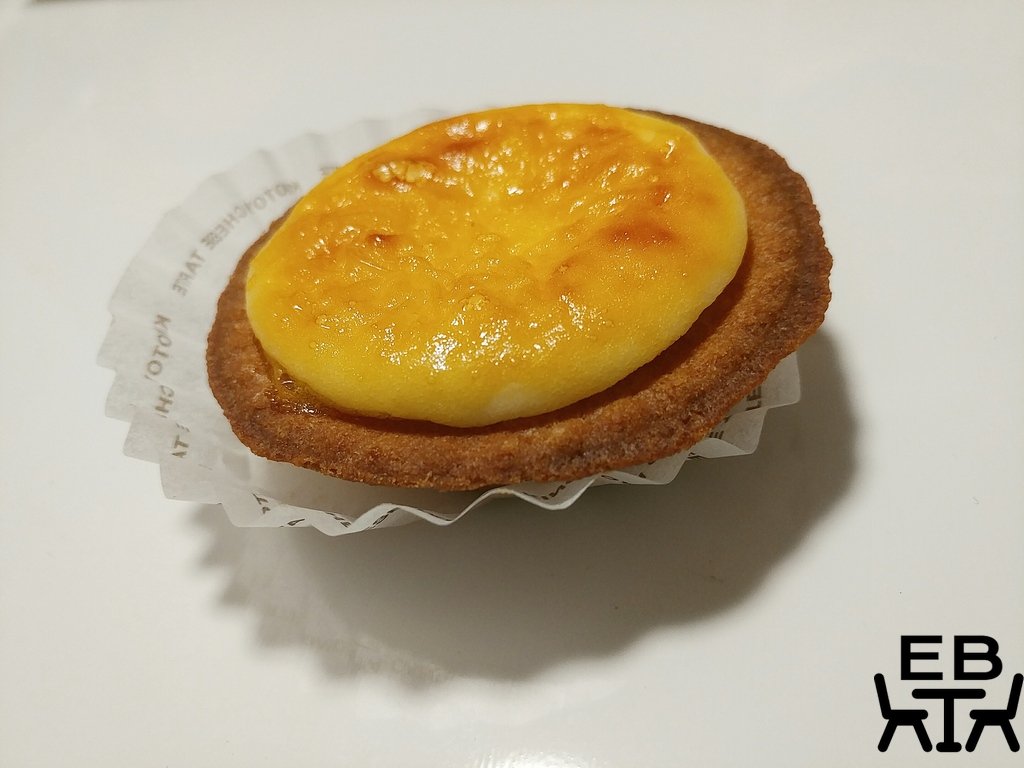Last updated on October 4, 2024
South Korea has certainly come to the fore of the world’s consciousness, with the meteoric rise in popularity of K-Beauty, K-pop, and K-Dramas. It hasn’t occurred in a vacuum, but has been a carefully crafted cultural phenomenon, with government input. Soft diplomacy clearly works.

It intrigued us enough for us to make South Korea a travel destination. We wanted to see more of South Korea than the usual urban destinations of Seoul and Busan. We decided to put a trip together ourselves, garnering bits of information from travel blogs. Having found those resources helpful, paying it forward and sharing some of what we’ve discovered seemed the thing to do.
While package tours suit some, having the freedom to pick your own destinations and determine how much time you want to spend in particular areas that you find more interesting has its benefits. It does have to be balanced against the process of organising your own routes, accommodation, and transport, but, similar to when you have to do presentations, you get more out of it.
We had three weeks to spend in South Korea, and, after scoping what other travel bloggers had done, tweaked our route to Seoul –> Jeonju –> Suncheon –> Busan –> Gyeongju –> Seoul.

Our main interests in a trip are food (of course) and culture, which is why we had Jeonju and Gyeongju on our itinerary. We also planned a day trip to North Korea (or the DMZ), and the tea plantations in Boseong (out of Suncheon).

Getting around:
Google maps works well in many parts of the world, but not so much in South Korea. While you can find some of the locations you are interested in on it, generally it won’t be able to provide you navigation to get there, as it doesn’t have public transport information. For some reason, Google maps often can’t even give you a walking route there, even if you can see roads that link up. We wound up using Naver maps. There is the option to make some of it an English language interface, but much of it is in hangul, and it doesn’t have English name searches for many places. Sometimes we were switching between the two maps, finding corresponding road shapes and landmarks, and dropping a pin near where our intended destination seemed to be, then using Naver maps to navigate there. We would also recommend downloading Naver maps when still in your home country, as part of the setup process requires that they send you an sms code, which you have to enter to register your account. You can’t use the Naver map app without it. You are better off doing that without incurring roaming charges..
Seoul is the largest city in South Korea by a great deal. There is quite a bit of sprawl, and you will find yourself going to different neighbourhoods for different areas of interest, for instance the historical area in Insadong in the north, and Gangnam in the south to see the fancy bit of the city that has its own reputation (who hasn’t heard the Psy song?). Trains and buses connect the different areas well, but it can still take a while to get from one district to another.

To save on time commuting, we picked accommodation in different areas of Seoul through our stay there. It did mean packing up and moving luggage, but we then didn’t have to go from one end of Seoul to the other on some days (which could take about an hour each way with changing train lines and buses).
Getting a T-money card and loading money on it is the convenient way to go. It saves you queuing to buy a ticket each time you want to take the subway or scrambling for change when you get on the bus. Fares are also a little cheaper using the T-money card than paying cash (about 100krw), and you get a discount when changing onto a different train or bus (within a time window). The T-money cards are also used on transport in other areas outside Seoul, so, for instance, we were able to pay our bus fares with it on the local buses in Boseong as well. Note though, that the vending machines and the ones that let you top up the T-money card at the stations only take cash (it seems anachronistic that they don’t accept credit cards, given how high tech the country is).
Besides the standard T-money card, some locations also sell something called the Korea Tour Card. It functions the same way as a T-money card, but only tourists can purchase it (you have to produce your passport), and it gets you discounts at a number of locations across Korea. It costs about 1500krw more than a standard T-money card. As it turned out, we didn’t use any of the discounts, as we didn’t want to go to the amusement parks like Lotte World, or rent a hanbok. It may be worth it, depending on what activities you are interested in, but just check through before you buy that instead of a standard T-money card. (Finding a place to purchase the Korea Tour card was also a hassle, as the website isn’t particularly user friendly. The T-money card, however, can be bought from a machine at subway stations, or from most convenience stores.)
Find out more about the Korea Tour Card here. Find out more about the T-money card here (after the part about the Korea Tour Card).

Taxis are also relatively cheap in South Korea. Peak hour is likely to be a bad time though, as even if you are stuck in traffic and going nowhere, the meter keeps running.. It is also a good idea, where possible, to get a written address in hangul of where you are going. Showing the taxi driver the map you have with the location pinned, or the address in English (the way Google maps has it), generally isn’t enough.
Going between cities or towns, many are often better connected by bus than train. A number of different bus companies ply these routes. Their online websites may not have the most accurate details, and on a number of occasions, we found that when at the bus terminal, there were options at more frequent intervals than had been listed on the website. Tickets for the luxury buses cost about the same as for the standard buses, but they are much more comfortable, with well-padded seats, more room (both seat width and legroom), and the ability to recline.
Tickets for travel between the towns and cities were also relatively cheap. Buses were cheaper though, with the most being about $20aud.

Accommodation:
We stayed at a mix of hotels and AirBNBs through the trip. There are pros and cons to each option. Often AirBNBs were comparatively cheaper to stay at closer to the centre of the locations we wanted to go to. They were often roomier than the hotel rooms available at a similar price point (12m2 hotel room vs the 1 BR apartment?), and we specifically chose AirBNBs with washing machines.
The downsides of choosing an AirBNB for accommodation over a hotel are largely around the check in and check out process. Many AirBNBs had only late check in options, at 3 or 4 pm, and did not have options to store luggage either beforehand or afterwards, so if you arrived in a different city early, and there were no luggage lockers available at the train or bus stations, you had limited ability to explore the area or see the sights unless you were prepared to haul your suitcases everywhere with you (it makes things a lot harder).

Connectivity:
There is free WiFi in many places, even on many of the intercity buses. You should have access to WiFi at whichever accommodation you are at, and most cafes supply WiFi for their patrons too. There are always the traveler stalwarts of Starbucks and McDonald’s, but for convenience we purchased sim cards with unlimited data (no local calls or messaging though). This proved very helpful with online maps and navigation when out and about, as well as Google translate. We bought ours prior to getting to Seoul, and picked it up at the airport when we arrived. There are some options on Trazy here.

Food:
We scouted for places we wanted to eat at before getting to South Korea, of course. We gleaned recommendations from friends who had been to South Korea before, and picked out recommendations from food and travel blogs. When on the ground though, we did the old gem of going where the locals were eating (if there’s a line of people ahead of you waiting to dine there, that’s usually a good sign). We also looked on Google maps for highly rated places near us. As mentioned, there are limitations to Google Maps in South Korea, but they do have ratings and reviews for many restaurants. The caveat to that though, is that on a couple of occasions, we did find ourselves in places that seemed to be patronised largely by tourists, and where the food was decidedly average compared to our other finds. Naver also has restaurant information and reviews on their map, but it is all in hangul. Locals seem to use MangoPlate a lot, but again, that is mostly in hangul.
Not all the food is spicy, but a significant majority of it is. The characteristic flavour combinations in Korean food are sweet, sour, and spicy. Signature dishes like their many stews, jokbal, and dakgalbi all have some heat (sometimes more than some). Even items that may appear benign, like bibimbap, get their flavour from gochujang (red pepper sauce). It is possible to get non-spicy food, but you do have to have to look quite diligently for it.

Key foods to try:
Kimchi. You can’t go to South Korea without eating kimchi. It is at the heart of Korean food culture, and is on the UNESCO list of Intangible Cultural Heritage of Humanity. You will find that there are more varieties of it than you thought could exist, and it accompanies just about every meal. There is an annual kimchi festival in Seoul, if you happen to be there in November.

Jokbal and bossam. Braised pig’s trotters and pork belly, respectively. Even more delicious than you might expect. Locally, Nangam actually does it well.
Bibimbap. Essentially rice mixed with lots of ingredients, mostly vegetables, gojuchang, sesame oil, and soy sauce. You mix it up yourself, and it tends to photograph quite well due to the many colourful vegetables in sections when presented.

Korean BBQ. Does it even need an explanation? Although we didn’t actually have any ourselves while in South Korea, as it is easy enough to find in Brisbane, and we preferred to seek out food less typically easily accessible to us.
Korean fried chicken. Now turning up everywhere in Melbourne. There are also lots and lots of outlets in South Korea, both from a variety of different fried chicken chains and independent stores. Many were not so different from what we had had in both Melbourne and Brisbane though.

Tteokbokki. The cylindrical chewy rice cake in a tomatoey, chilli sauce, most commonly found at street food stalls. It wasn’t really our favourite thing, but again, is popular with Koreans. It certainly hits the sweet, sour, and spicy notes. You can find the rice cakes themselves in other dishes.
Seolnongtang. An ox bone broth served with pieces of beef and steamed rice. You often have to season it yourself with salt and pepper provided at the table though.
Samgyetang. Ginseng chicken soup, and you generally get a whole young chicken stuffed with rice, garlic, and herbs in your bowl.
Gukbap. Pork soup served with rice (you’re probably seeing a theme here). Again, you often have to season it yourself.
Gimbap. Sort of like the sushi rolls that you find in Japanese cuisine, but with more vegetable components, more of a sweet and salty flavour note, and none we encountered with raw fish. A popular food that you will find easily at convenience stores too.
Hotteok. A fried pancake that you will find at street food stalls, best hot off the griddle. Often with a melted sugar filling on the inside (beware of burning your mouth on it), and in Busan, you will find it filled with nuts and seeds (called ssiat hotteok).

Patbingsu. You may have seen versions locally, but they do theirs with very, very finely shaved milk ice in South Korea, so it is actually powdery light. Available with a variety of different toppings.
More on our dining experiences in the subsections to follow..
Other things:
Learn hangul before you go. It does make life easier if you can at least recognise the characters to be able to read shop names, as the majority of places only have names written in hangul. It is actually relatively easy, as it is a phonetic alphabet, so you can pick it up in a few hours and with practice. Have a look at this Youtube series for a start. Learning the language itself is a bit more complex though.. We listened to many chapters of Talk To Me in Korean, but still couldn’t talk to anyone in Korean when there, apart from “annyeonghaseyo”, “kamsamnida”, “jamsimanyo” and “chogiyo”.

Be prepared for the very small towels. Instead of bath towels, you will find yourself having to manage with things about the size of large hand towels. We found that everywhere.
Beware when navigating traffic as a pedestrian. Cars often don’t seem to acknowledge red lights and will go on through an intersection when it is red for them, so look carefully before you cross. This also applies at what should be pedestrian crossings as well. Cars will drive right through, even if you are halfway across, so be wary. (This must be why there are so many traffic accidents in K-dramas. It’s a real thing.)
South Korea seems to be hugely into coffee, but somehow there is a distinct absence of non-dairy coffee options despite lactose intolerance rates in the population sitting at 100% (according to this article in the Lancet). Just about every other shop seemed to be a cafe, even in areas outside the major cities of Seoul and Busan, but the only reliable place we found for a non-dairy option was Starbucks (which is also in South Korea in great abundance, compared to Australia). Their green tea shot latte worked well (a mix of green tea and coffee) for caffeine supplementation.
That is about it for now, but let us know if there is other information you would like to know, or if you would like to add other tips you think would be useful. We will be adding on more detailed sections on the cities and towns we visited down the track, along with dining recommendations, so keep following on (there is an option in the sidebar to be notified of new posts).
The first of them:
A Guide to Seoul (Part 1)

